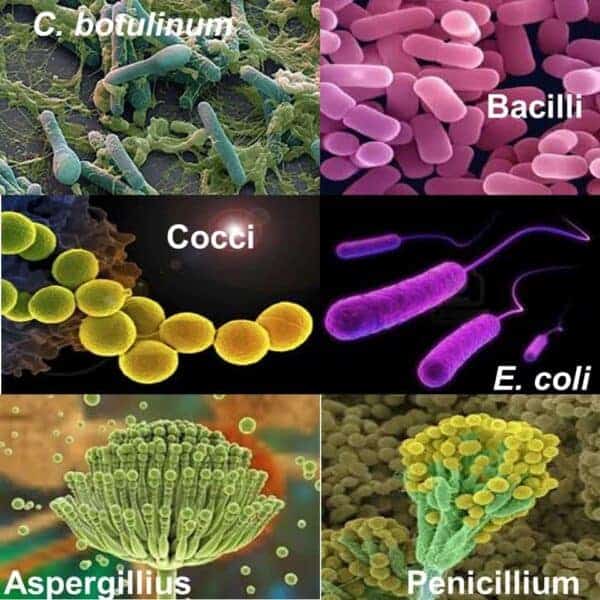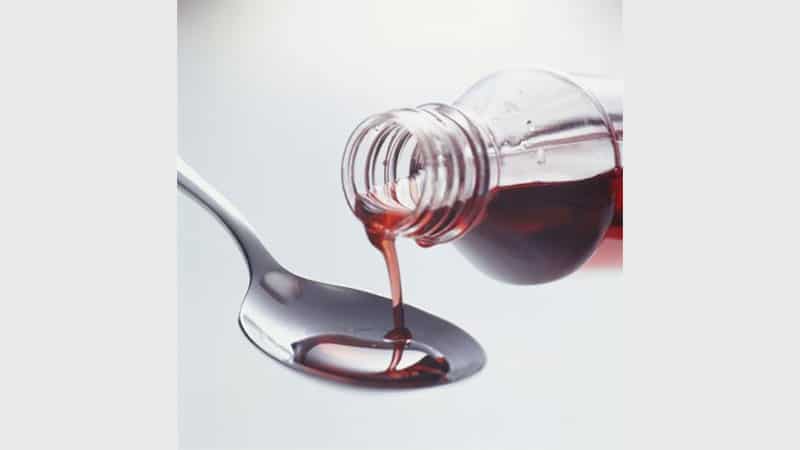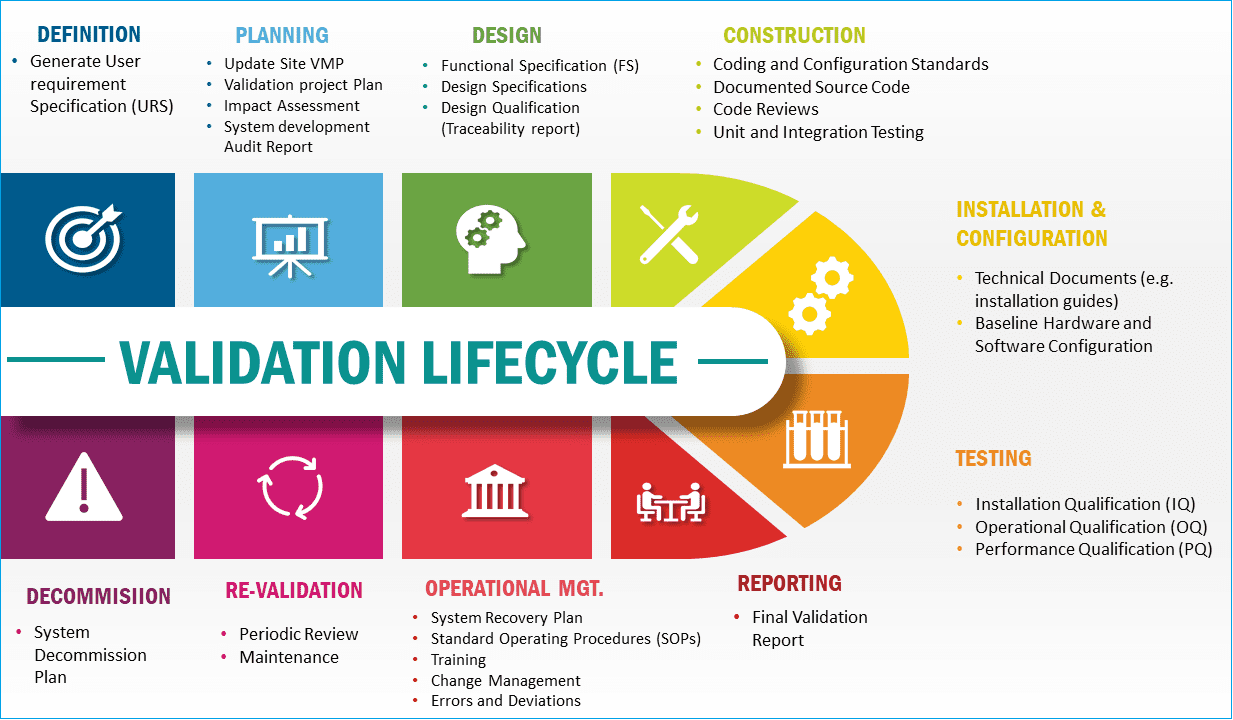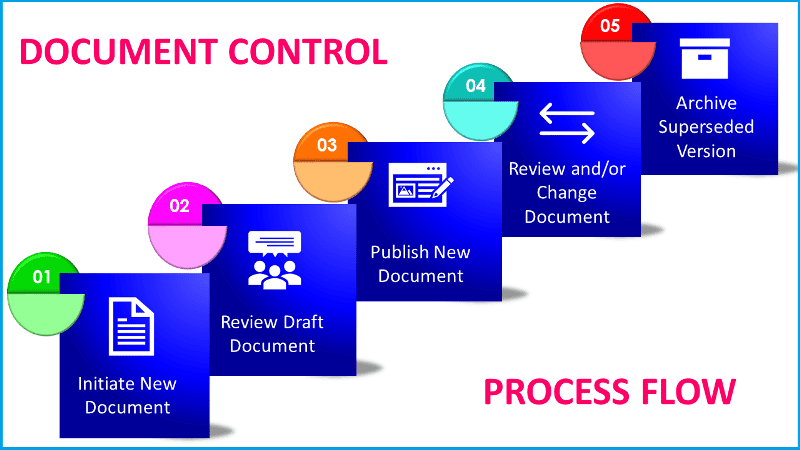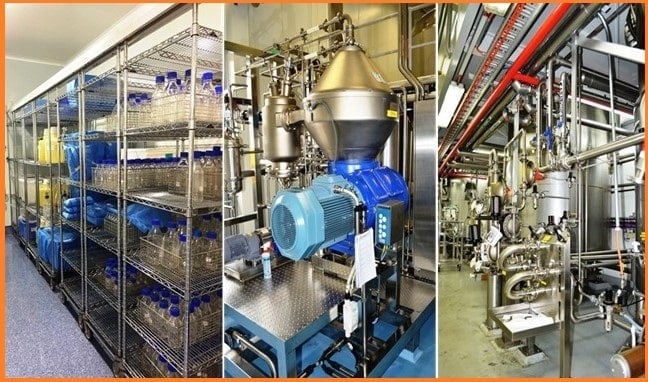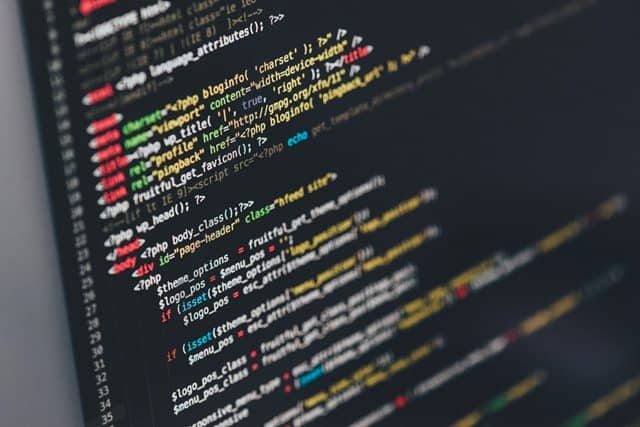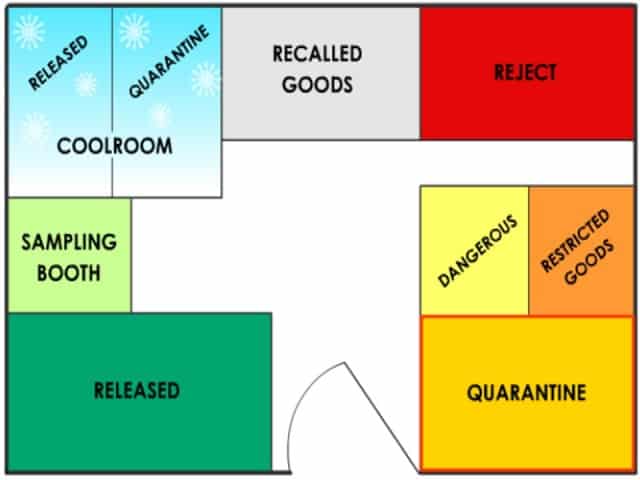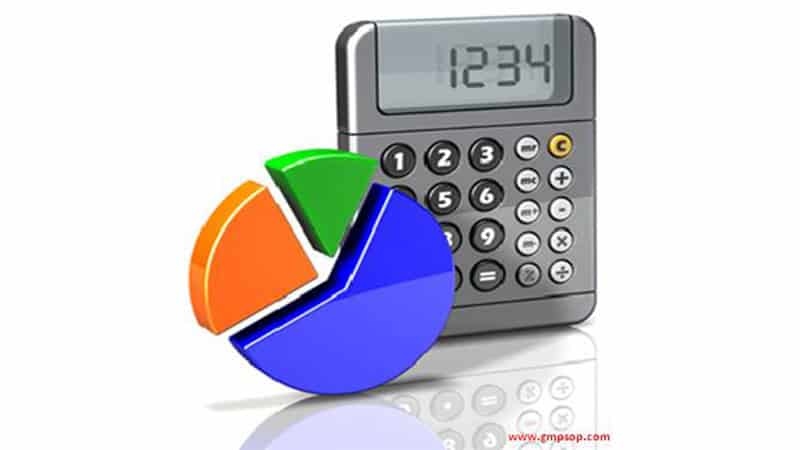
Calibration Practices of a GMP Site
- Published on: Oct 27, 2017
This article establishes the requirements for the Calibration of equipment, instruments, and standards used in Production, storage and testing that may affect the identity, strength, quality, or purity of Pharmaceutical or Animal Health Drug Products, Active Pharmaceutical Ingredients (API),and Medical Devices.
This document applies to all GMP sites and operations and Logistics Centres responsible for production, control, and distribution of Pharmaceutical and Animal Health drug products, API and medical devices.
Calibration Program(s) shall be established and maintained in all gmp sites defining the responsibilities, criteria, and documentation requirements for the calibration of equipment and instruments used at that Site.
Standard Operating Procedures (SOP) for the Calibration of Each Type of Instrument (e.g., pressure gauge, thermometer, flow meter) shall be reviewed and Approved by technical expert(s) (e.g., System Owner, Responsible Department Head, Engineering and/or Maintenance principals) to ensure that the SOPs are technically correct and approved by the Site Quality Team to ensure that the SOPs are in compliance with applicable regulatory requirements and site quality standards. Environmental, Health, and Safety principals shall be consulted, if
required.
The Site Quality Team is responsible for, and not limited to, the following:
- Approval of calibration SOPs and instrument Specifications;
- Approval of changes to calibration SOPs and instrument specifications;
- Approvals of contractors performing calibration;
- Assessment of the impact of Out-of-Tolerance calibration results on product quality;
- Assurance that calibration-related Investigations are completed;
- Review and approval of all calibration-related investigations; and
- Approval of changes to instruments or equipment calibration frequencies.
Trained and Qualified Personnel shall perform all calibrations. Records of the training for site colleagues performing calibrations shall be maintained .
Instrument Specifications shall be established prior to defining the calibration method for the instrument and shall be based on the requirements of the application and specific parameter(s) that the instrument is intended to measure.
A Unique Instrument Identification shall be assigned to all instruments, including standards, in the calibration program to provide traceability for the instrument. The identifier shall be assigned and the instrument calibrated prior to initial use.
System shall be established to identify instruments which do not require calibration. The rationale for such a determination shall be documented. Instrument Classification (e.g., critical, non-critical, major, minor), based on the potential impact to the process or product if the instrument or equipment malfunctions or is out-of-tolerance, shall be assigned by:
- System Owner, and
- Site Quality Team.
Principals from Engineering, Maintenance and Environmental, Health, and Safety shall be consulted, if required. List(s) of all Instruments Requiring Calibration shall be maintained current at each Site. The list(s) shall include, and is not limited to:
- Instrument identification,
- Instrument classification,
- Instrument location,
- Identification of relevant calibration SOPs, and
- Calibration frequency.
Historical Records shall be maintained for each instrument that requires calibration as defined in the Sites calibration procedures.
System shall be established and maintained at each site to assure the calibration status of equipment and instruments are readily identified with the due date of the next calibration.
Calibration Frequencies shall be established for each instrument and shall be based on consideration of, and not limited to, the following:
- Instrument classification,
- Historical accuracy and precision of the specific instrument,
- Instrument manufacturers recommendations,
- Environmental conditions to which instrument is exposed, and
- Frequency and type of use.
Calibration Standards shall be either Primary Standards or Transfer Standards and must be traceable to national or international recognized standards. If national or international standards are not practical or available, an independent, reproducible standard shall be used. If no applicable standard exists, an in-house standard shall be established and maintained at the Site. Certificates attesting to the traceability shall be maintained. Calibration Records shall be maintained for all instruments in the calibration program(s) at the Site and shall be retained according to Site record retention procedures. Defective Instruments or Instruments that Cannot be Brought into Tolerance must be designated as such and taken out of service (e.g., not used and/or removed from work areas).
A Site Change Control SOP shall be followed for, and not limited to, the following:
- When an instrument is modified or replaced;
- Changes in instrument calibration frequency;
- Changes in instrument tolerances;
- Location or environmental change for stationary equipment;
Changes in process Normal Operating Ranges (NOR) that affect the calibration of instruments. Computerized Systems used to maintain calibration records must be Validated .
Prior to Removing an Instrument from Service, a final calibration shall be performed, if possible (i.e., instrument is still functional), to Verify that the instrument is still within tolerances.
An Investigation shall be performed and documented and both the Site Quality Team and the responsible System Owner shall be notified if an instrument is found to be out-of-tolerance or beyond the calibration due date and is subsequently used beyond the due date.
Recalibration of an Instrument shall be performed if an instrument is subjected to a condition that could adversely impact its calibration or operation (e.g., dropped or damaged). Stationary instruments shall be recalibrated before and after movement.
Environmental Factors that May Affect Measurements or Calibration shall be identified, controlled, or monitored, and records maintained. Calibration Equipment, including standards, must be safe to operate in the specific process area in which the equipment is being used. When calibration equipment is used in multipurpose facilities, steps must be taken for prevention of Cross Contamination.
Contractors performing calibration should develop a calibration master plan and shall have systems and procedures in place equivalent to those described in this practice document or follow site SOPs. For Contract Vendors, the responsible Site Quality Team shall assure that the methods, facilities, and controls used by the contract vendor are, at least, equivalent to those of the sponsoring site. If a Calibration Service Contractor is used the following must be maintained at the Site using such services:
- Name and address of contractor;
- Documentation of the qualifications of person performing calibrations; and
- Documentation of services performed.

